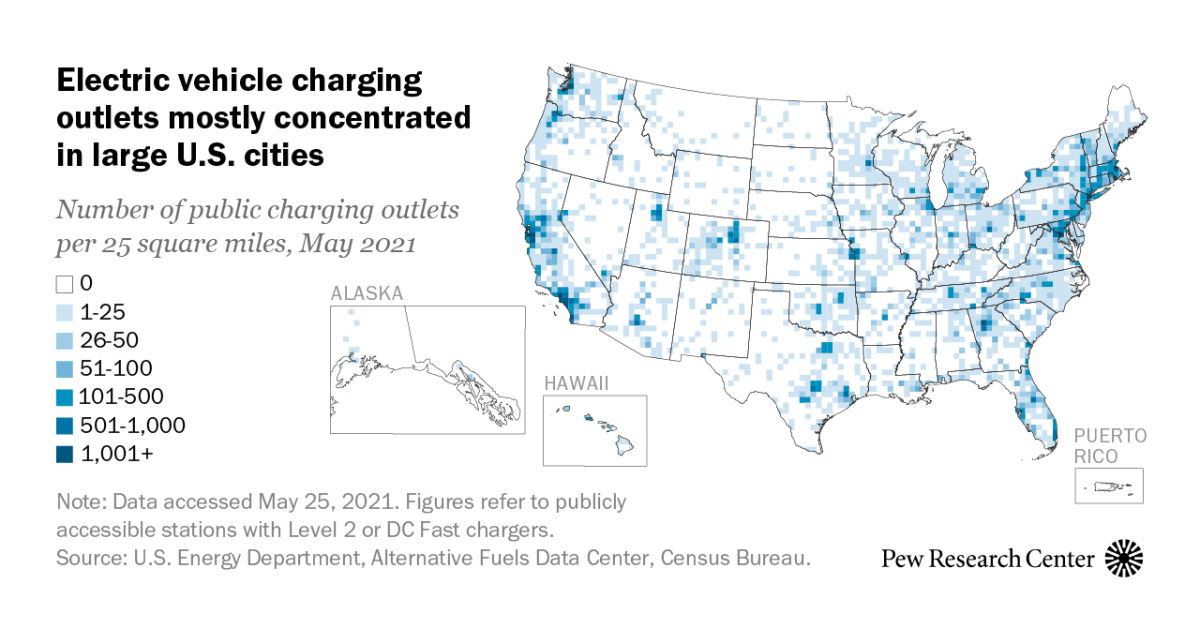SuperMatt
Site Master
- Joined
- Aug 11, 2020
- Posts
- 7,862
- Solutions
- 1
I know we have a car thread, but I wanted a thread to talk about the larger issues related to mass-market EV adoption and the related infrastructure.
The article below can be a starter for the discussion - not just getting more chargers, but making sure they are distributed equally. Most people in rich communities can charge at home anyway. We need chargers in areas with street-parking only or with lots of apartments.
The article below can be a starter for the discussion - not just getting more chargers, but making sure they are distributed equally. Most people in rich communities can charge at home anyway. We need chargers in areas with street-parking only or with lots of apartments.
Look at any map of charging stations in the United States, and in most of the big cities, what is immediately apparent are big blank spaces coinciding with Black and Latino neighborhoods. Electric vehicle advocates call them charging deserts.
While electric vehicle use is growing rapidly in well-to-do, mostly White communities, minority neighborhoods are being left behind.


